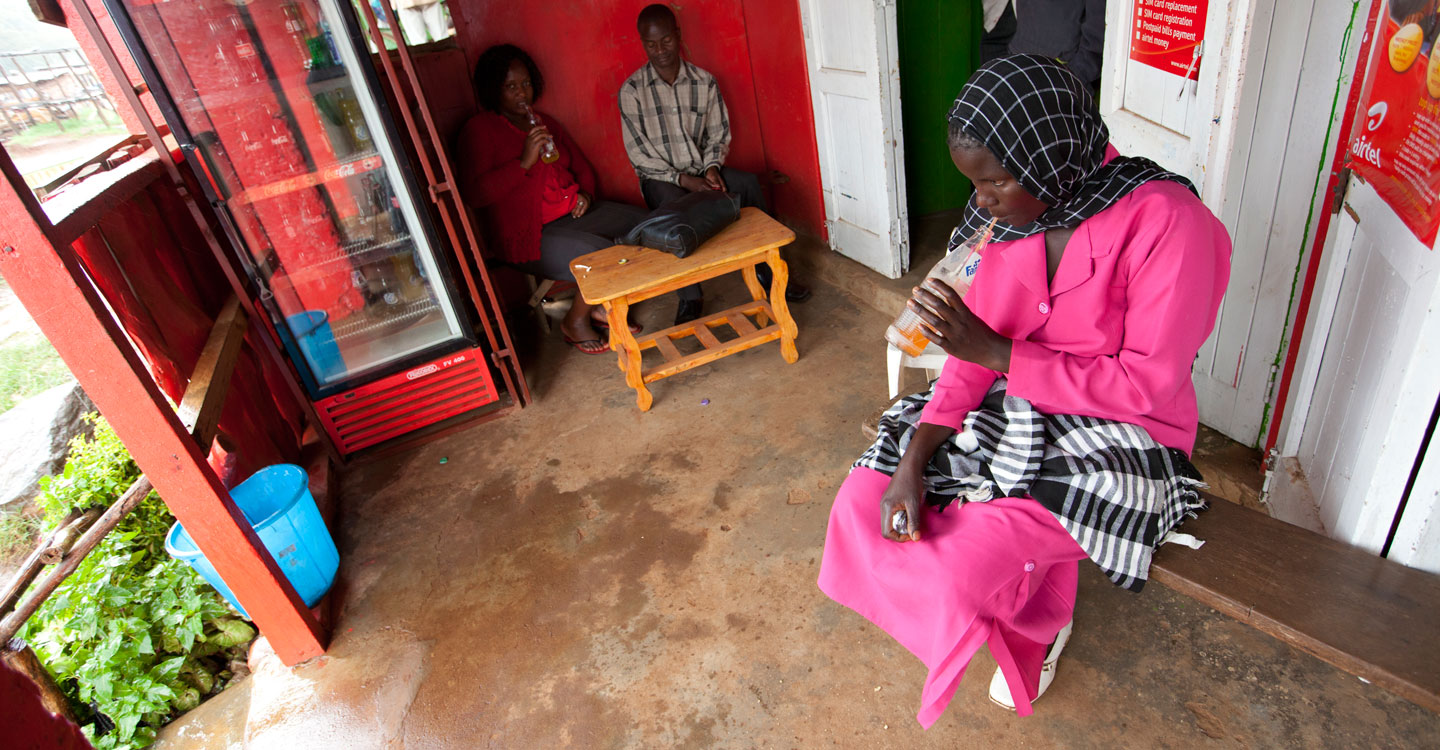New analysis: Rising obesity rates in developing countries linked to high cost and limited availability of healthy foods
IFAD Asset Request Portlet
Asset Publisher
New analysis: Rising obesity rates in developing countries linked to high cost and limited availability of healthy foods
19 July 2023
Rome, 19 July 2023 – Steep price gaps between healthy and unhealthy foods, coupled with the unavailability of a variety of healthy foods, are driving rising obesity rates in both urban and rural areas of developing countries, according to a literature review released by the International Fund for Agricultural Development (IFAD) as part of its IFAD Research Series.
“While price gaps between healthy and unhealthy foods exist in nations across the globe, that price gap is much wider in poorer countries. Also, high-income inequality within a country is associated with a higher prevalence of obesity,” said Joyce Njoro, IFAD lead technical specialist, nutrition.
“If we want to curb rising obesity rates in developing countries, we need big solutions that address how food systems work. It is alarming to note that three billion people globally cannot afford a healthy diet,” said Njoro.
“Preventing obesity in developing countries requires a comprehensive approach that addresses cultural norms, raises awareness of associated health risks, and promotes the production, availability and affordability of healthy foods.”
The research conducted by IFAD, in collaboration with Wageningen Centre for Development Innovation (WCDI), reviewed hundreds of peer-reviewed studies and examined data from five representative countries—Indonesia, Zambia, Egypt, Nigeria, and Bolivia—to better understand the drivers of rising obesity rates in developing countries and what types of interventions work to address this global public health challenge from a food system perspective.
Obesity rates across developing countries are now approaching levels found in high-income countries. The analysis found a number of drivers of obesity in developing countries, including:
- Food Prices: The price gap between healthy foods (expensive) and unhealthy foods (inexpensive) is greater in developing countries than in rich developed countries. As a result, three billion people cannot afford a healthy diet. According to one of the studies reviewed (Headey 2019), it is 11.66 times more expensive to obtain a calorie from eggs in poor countries than it is to obtain a calorie from starchy staples, while in those same countries it is only 2.92 times more expensive to obtain a calorie from sugary snacks than from starchy staples. In rich countries, there is a much smaller gap: it is 2.6 times more expensive to obtain a calorie from eggs than it is to obtain a calorie from starchy staples and 1.43 times more expensive to obtain a calorie from sugary snacks than from starchy staples.
- Diet: Sugar-sweetened beverage consumption is on the rise in developing countries (Nicole D. Ford et al. 2022), and the global sales of total per capita volumes of packaged food – which are usually processed which in most cases increases the content of added or free sugars, saturated and trans-fat, salt and diet energy density, while decreasing protein, dietary fibre, and micronutrients – rose from 67.7kg per capita in 2005 to 76.9kg in 2017.
- Culture: In some developing countries, fatness of a child is desirable as it is considered as a sign of health and wealth, and consumption of unhealthy foods may also carry a certain prestige. Culture also plays a role at the energy expenditure side of the equation in cultures where physical inactivity is associated with high social status.
- Gender: Women are more likely to be overweight or obese than men in nearly all developing countries. In a review that focused on lower middle-income countries Ford, N.D., et al. 2017) proposed multiple reasons for this sex disparity in overweight and obesity prevalence. Reasons included: different physiological responses to early-life nutrition, different hormonal responses to energy expenditure, weight gain associated with pregnancies, lower physical activity levels, depression, economic circumstances over the lifespan, and differences in sociocultural factors – like ideal body size and acceptability of physical activity.
The paper also examines interventions that have been deployed in developing countries to curb obesity rates, including food packaging, labelling and advertisements, taxation and import duties on certain foods, and evaluates their respective effectiveness.
- Read the full analysis: Addressing overweight and obesity in LMICs in the realm of rural development and food systems
- Follow us at the UN Food Systems Stocktaking Moment
Press Release: PR-71-2023
IFAD is an international financial institution and a United Nations specialized agency. Based in Rome – the United Nations food and agriculture hub – IFAD invests in rural people, empowering them to reduce poverty, increase food security, improve nutrition and strengthen resilience. Since 1978, we have provided more than US$24 billion in grants and low-interest loans to fund projects in developing countries.
A wide range of photographs of IFAD’s work in rural communities are available for download from its Image Bank.
Link to the picture and description on the IFAD Image Bank.
